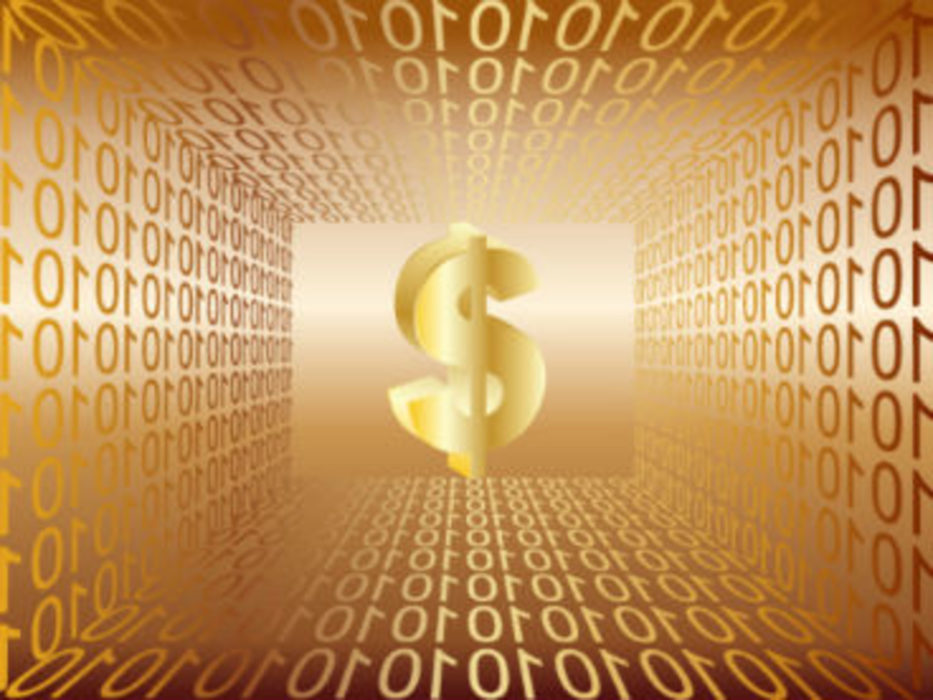If you’re an economist, you’ve been trained to think of the four economic resources—land, labor, capital, and entrepreneurship—as the only things you need in business. Believe it or not, sustainability—and marketing—play right into these factors. But what about customers? You know, the demand side of the supply and demand equation?
Customers are resources, too, but most often when we think of resources, it’s natural resources, things that we get from the land. Whether it’s fish in the sea, minerals underground, or the land’s capacity for agriculture, most often the idea of sustainability goes there. But labor is sustainable, too. You wouldn’t want your buildings, trucks, computers, operating cash, and other capital to simply vanish in a flood, or all your employees to quit at once.
For marketers, the most important economic resource is the customer. Traditional economics might assume that markets are infinite or at least very large, so that anything your company can produce will find a buyer. But it’s also conventional wisdom that markets clear at a price and the price that markets (i.e. customers) set might not be the price where a vendor can make a profit. If you’ve ever been to a clearance sale, you understand what I’m saying.
So, customers are, in my mind at least, a fifth resource—and there is a finite, though very large, pool of them, which is why they should be treated sustainably, especially right now. You see, many of today’s markets are long passed their opening salvos when demand was so strong that products practically sold themselves. (Remember that? Sigh…) And it doesn’t matter if we’re talking about a B2B or B2C market either.
When markets pass their initial frothy early stages, they often fall into a zero-sum model. That’s when mostly everyone has something from the category you want to sell and your job is to sell the new and improved version 2 or X or whatever. Your customers can buy your new product, or someone else’s, or do nothing and use what they have while waiting for a better deal. Any way you slice it, either you sell or you don’t or someone steals your customer or you steal theirs, it’s a zero-sum situation.
You aren’t going to make your goals by only finding net new customers because there just aren’t that many of them. If your business is going to be sustainable, you will need to treat your customers as the precious, and hopefully renewable, resources that they are. Sustainability means selling version 2 or version X to the same people you sold to before and the reason they buy is because you’ve done your best to understand their motivations and needs.
Is your company ready for this? Probably not. If your organization is like most, it’s pushing on a string right now, trying to eek a little bit more out of the old approaches and possibly falling behind. It’s not the economy that has you stymied, though it isn’t helping a lot; it’s just as likely that your approach to the market is taking the wind out of your sails.
If you are experimenting with social media, good for you, keep at it. But don’t stop; social is a big umbrella that covers technology, as well as its use. Social methods are much more hands on, much more focused thanks to the analytics that are an equally important, though unsung, part of the solution.
Collect customer data and leverage analytics against it. Don’t stop because you have sentiment analysis down, go after segmentation, influence, emotion, and language processing if that’s appropriate. You’ll find that each kind of analysis adds context to your findings and helps you focus. What you discover will be yours alone and therefore a kind of intellectual property for your company, a resource, you could say.
| Denis Pombriant founder and managing principal of Beagle Research Group LLC. |







